Power consumption measurement with NVIDIA PCAT
Interesting now, however, is the permanent measurement of the power consumption (colloquially “consumption”) with PCAT and the necessary hardware as well as the linking of this data via a suitable API with the just mentioned FrameView from NVIDIA. If you don’t know my articles about power consumption measurement with high-resolution oscillograph technology (8-channel analog in master/slave with two storage oscillographs), I would like to refer you to the exact explanation of my measurement technique and the actual problem, but I will have to come back to it later anyway. Also to explain what PCAT can and cannot do. First of all, here are the two important links for a better understanding in advance:
– Graphics card vs. power supply – basics, causes of errors and correct power supply sizing
– The battle of graphics card vs. power supply – power consumption and load peaks demystified
But back to PCAT and what you can do with this new tool. The comfortable and perhaps financially or technically limited tester will be happy about the fact that PCAT elegantly solves two problems at the same time. It reads out as hardware more or less in real time (100 ms) the power consumption of the live 12V and 3.3 volt rails (PCIe and slot) on the graphics card and can also display the whole thing graphically. In addition, there is an interface (API) that FrameView accesses to log everything in a single log file with chronological accuracy. But more on that in a moment. First, let’s take a look at what NVIDIA has packed into the box:
PCAT consists of a MCU board (Multi Controller Unit) for the measurement of up to three 6+2 pin connectors including an optional OLED display for on-the-fly indication, the PCIe 4.0 compatible riser card for direct measurement at the motherboard slot and spacers which help to compensate the height difference of this card in order to still be able to screw the graphics card securely. Let’s take a closer look at the MCU board first.
The measuring principle is simple. One simply measures the voltage drop in parallel with a very low impedance resistor (shunt), which is located in each individual live rail, in order to be able to deduce the current flowing. In addition, one measures the remaining voltage after the shunt and thus automatically has the power consumption that runs over the respective rail. Add it all up and you get the total power consumption of the graphics card. This so-called monitoring is provided by the well-known INA3221, which could be found as a monitoring chip on many graphics cards, even though it is now often replaced by a similar chip from On Semi.
The microcontroller is the MEGA32U4 from ATMEL. This is the usual low-power 8-bit AVR RISC microcontroller, which has 32 KB of programmable Flash program memory and also includes 2.5 KB of SRAM and a 1 KB EEPROM, supports USB 2.0 output, has a 12-channel 10-bit A/D converter, and supports the JTAG interface. The computing power is about 16 MIPS and 16 MHz. Sound a little too Arduino? Logically, the principle is always the same and very similar moreover, which I also use for all my motherboard tests, which also include the graphics cards.
The riser card is similar in principle, also here an INA3221 is located, which monitors a total of 2 shunts, once for the 12 volt and once for the 3.3 volt rail. The shunts are of course much smaller because the currents are also lower. Coupling and communication takes place via the bus interface already mentioned.
PCAT – The Software
The software reads the whole story, so it communicates with the MCU board of the PCAT system via the USB. Arduino uses that too, though I’ve since switched to Ethernet for smaller intervals. The intervals of 100 ms used by PCAT are quite large, but they are quite sufficient for a simple acquisition over a longer period of time. A peak load will only be caught by chance, but even that is possible with a bit of luck. But PCAT, to be fair, is simply not designed for such analyses. You can quickly get into the middle five-digit range, which is beyond the scope of most people and therefore not up for discussion.
But what the PCAT software can do: it also acts as an API, so that the latest versions of NVIDIA’s FrameView can also access it and read out the relevant data. What you can do with it, we will see later in the graphical evaluation.
- 1 - Low-Level-Benchmarking with FrameView
- 2 - Power Consumption in real time with NVIDIA PCAT
- 3 - igorsLAB Interpreter and Template
- 4 - FPS and Percentile, Bar Graph and Curves
- 5 - Frame Time and Variances as Bar Graph and Curve
- 6 - Power Consumption and Effiziency in Games (GPU and CPU)
- 7 - Scope Measuring, Transients, PSU Recommendation















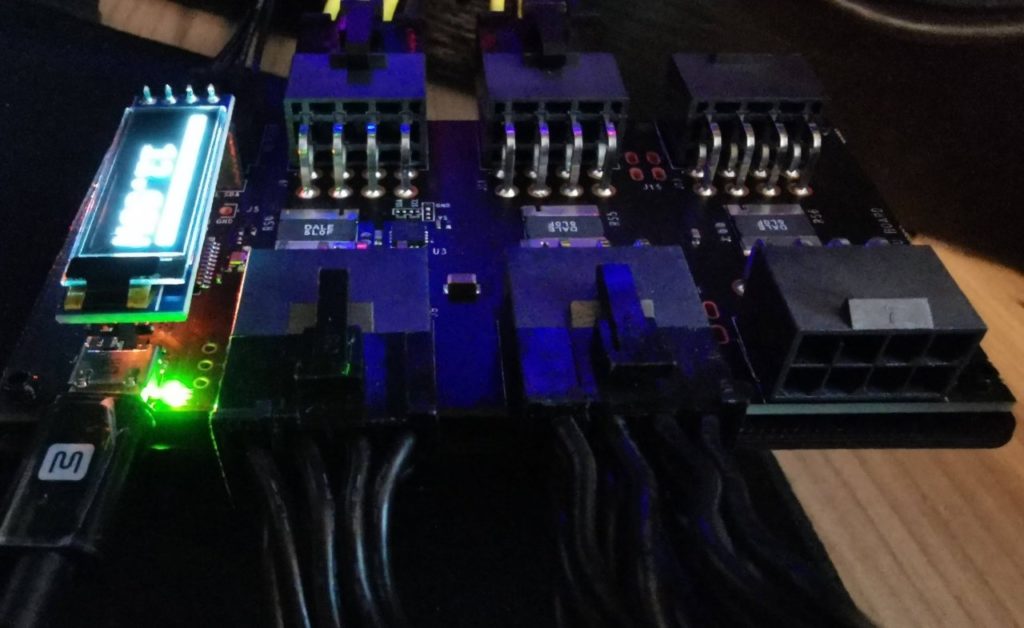
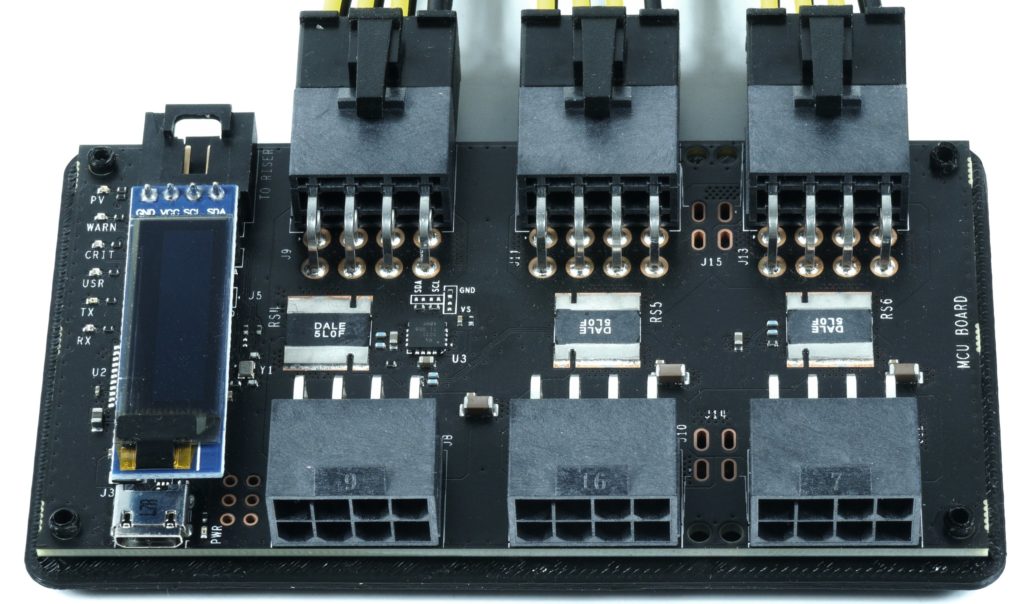
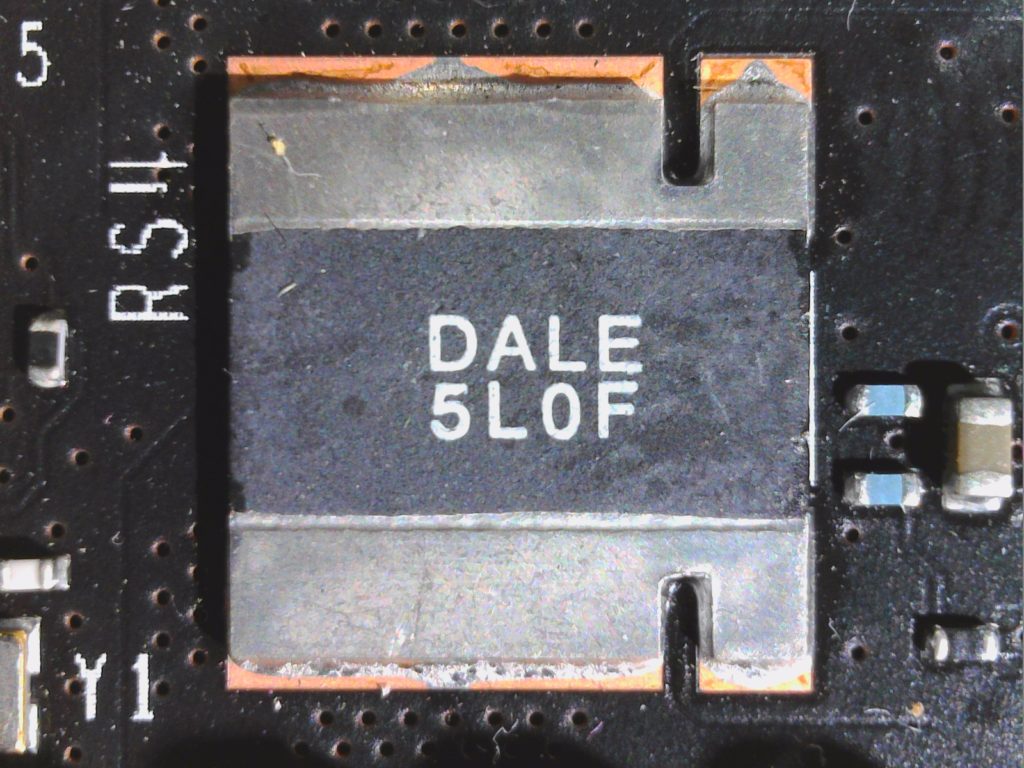
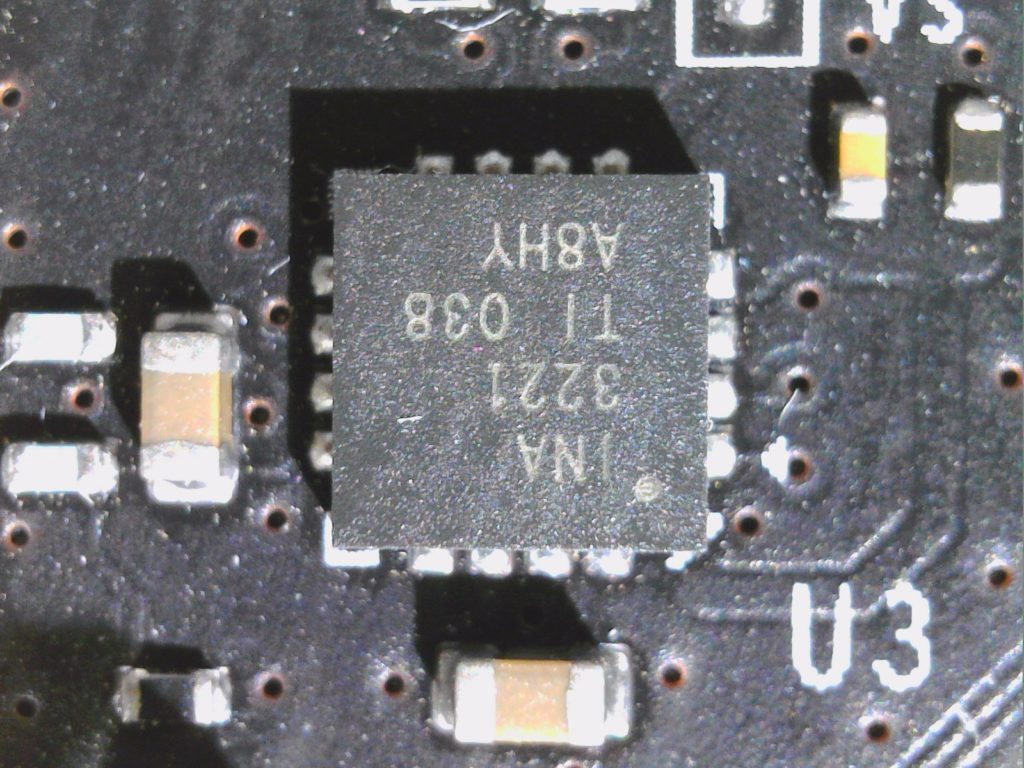
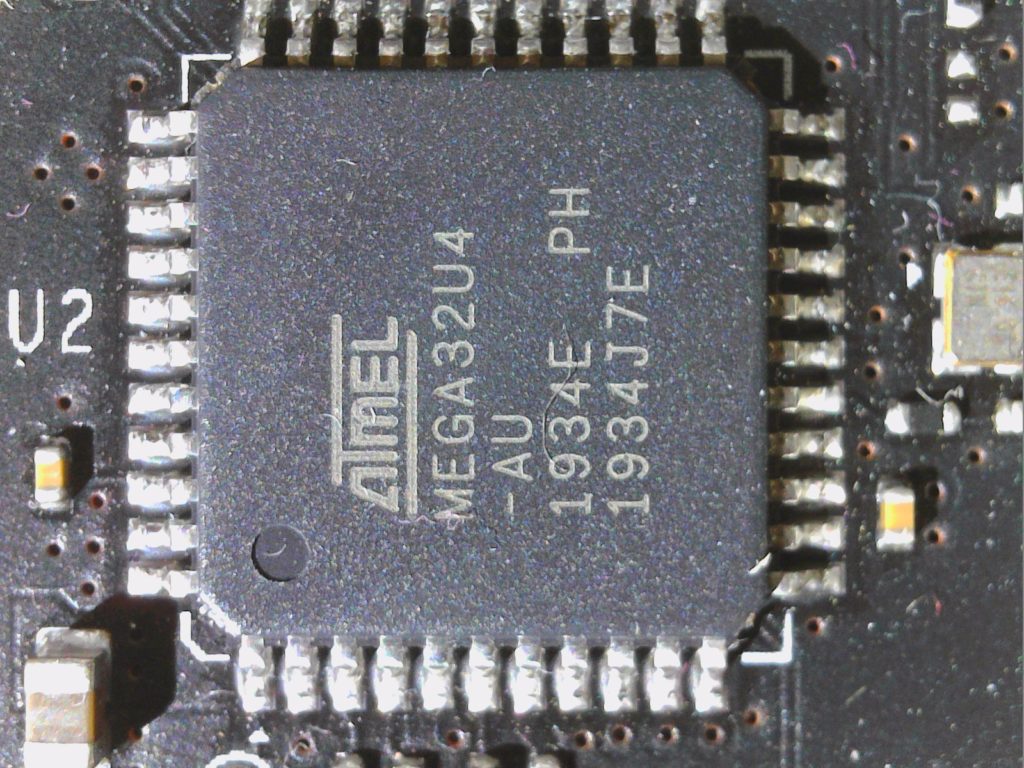

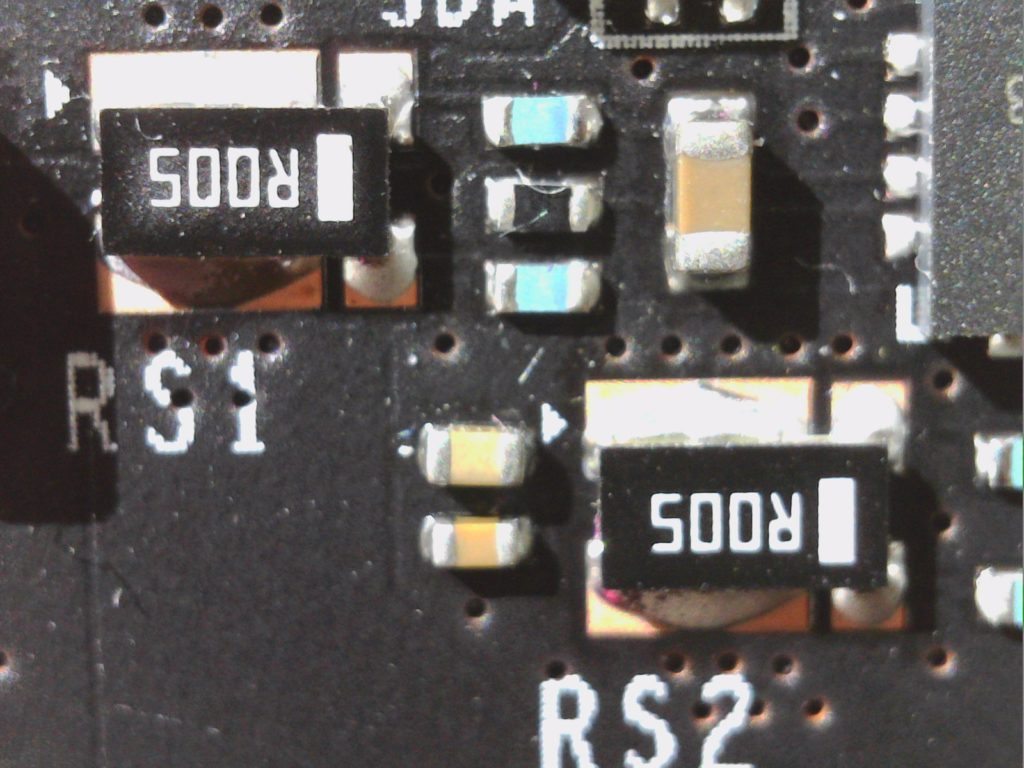
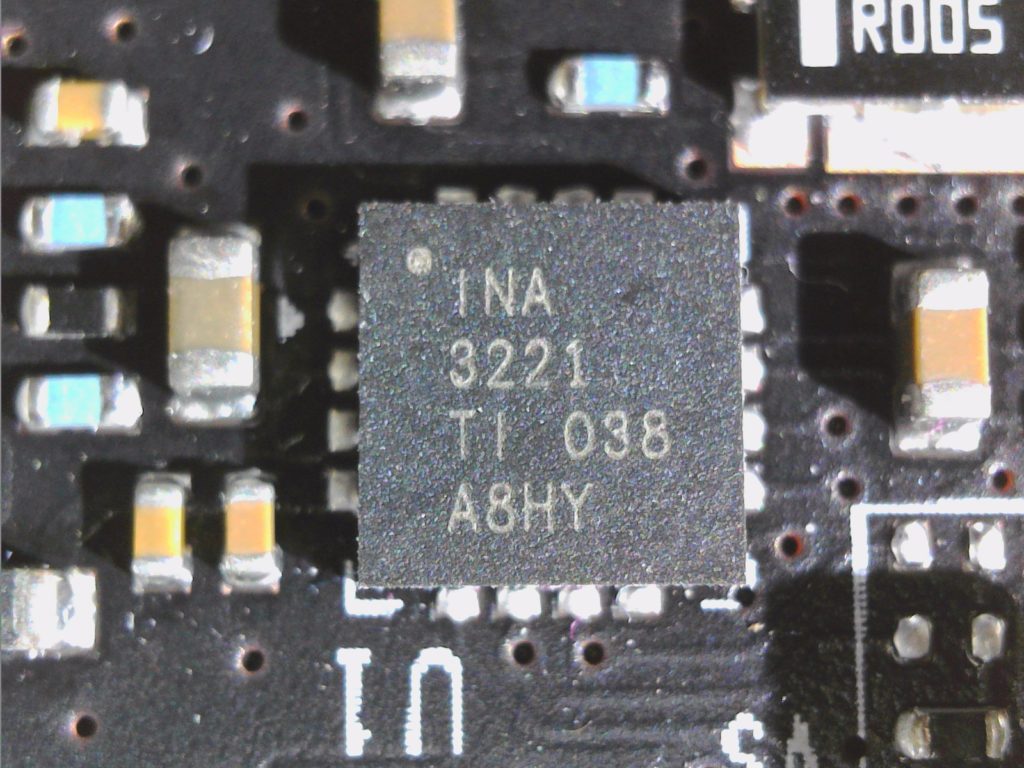
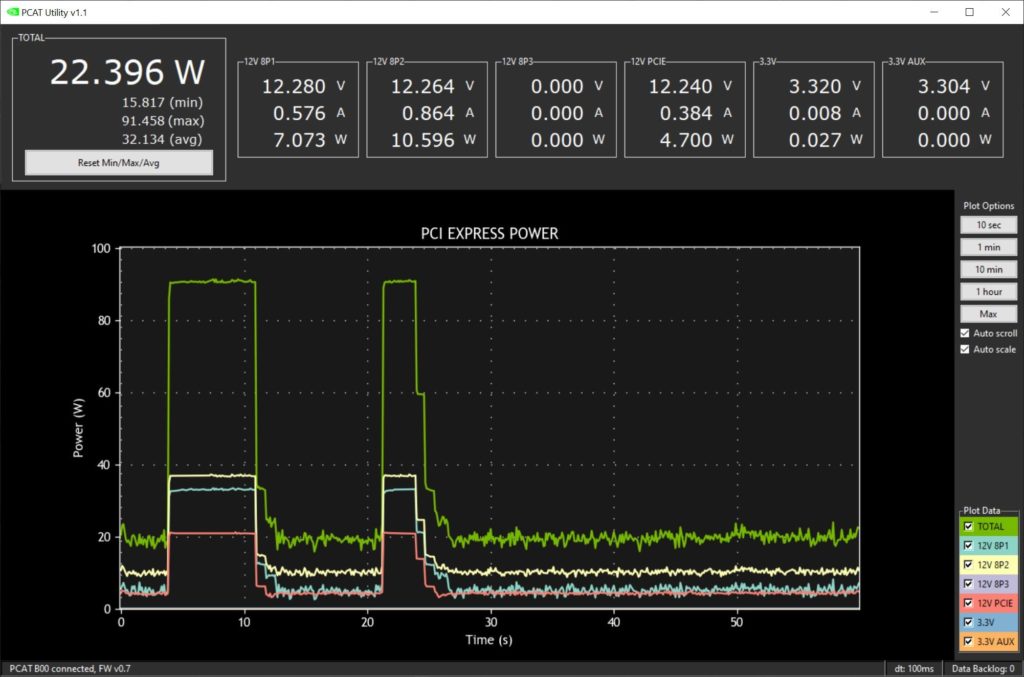

















18 Antworten
Kommentar
Lade neue Kommentare
Urgestein
Urgestein
Urgestein
1
Urgestein
Urgestein
Urgestein
Urgestein
Urgestein
1
Urgestein
Urgestein
Urgestein
Urgestein
Urgestein
Mitglied
Neuling
Neuling
Alle Kommentare lesen unter igor´sLAB Community →